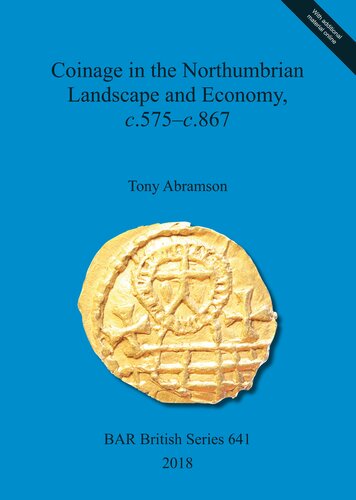

Most ebook files are in PDF format, so you can easily read them using various software such as Foxit Reader or directly on the Google Chrome browser.
Some ebook files are released by publishers in other formats such as .awz, .mobi, .epub, .fb2, etc. You may need to install specific software to read these formats on mobile/PC, such as Calibre.
Please read the tutorial at this link: https://ebookbell.com/faq
We offer FREE conversion to the popular formats you request; however, this may take some time. Therefore, right after payment, please email us, and we will try to provide the service as quickly as possible.
For some exceptional file formats or broken links (if any), please refrain from opening any disputes. Instead, email us first, and we will try to assist within a maximum of 6 hours.
EbookBell Team

0.0
0 reviewsThis book presents the author's digitization of Pirie's substantial yet flawed corpus of 9th-century Northumbrian 'stycas'. This database, enhanced by data from elsewhere, is compared by location with the artefactual database known as VASLE (created at the University of York, 2008) to demonstrate that the co-occurrence of coins and portable artefacts defines monetary evolution in Northumbria. Additionally, the author presents a new periodization and reveals the previously disparaged gold shillings of York to have been issued by Bishop Paulinus, a disruptive finding chronologically, with wider consequences. Northumbria benefited increasingly, both monetarily and fiscally, as the face value of coins fell. Other conclusions include the idea that Northumbrian coin production was erratic; that the Yorkshire Wolds were more highly monetized than the surrounding lowlands, indicating a more enterprising culture; that styca hoards represent episcopal expropriations; and that there were significant changes in settlement and economy in the central lowlands. This work demonstrates that monetization reflected northern independence, innovation and enterprise.